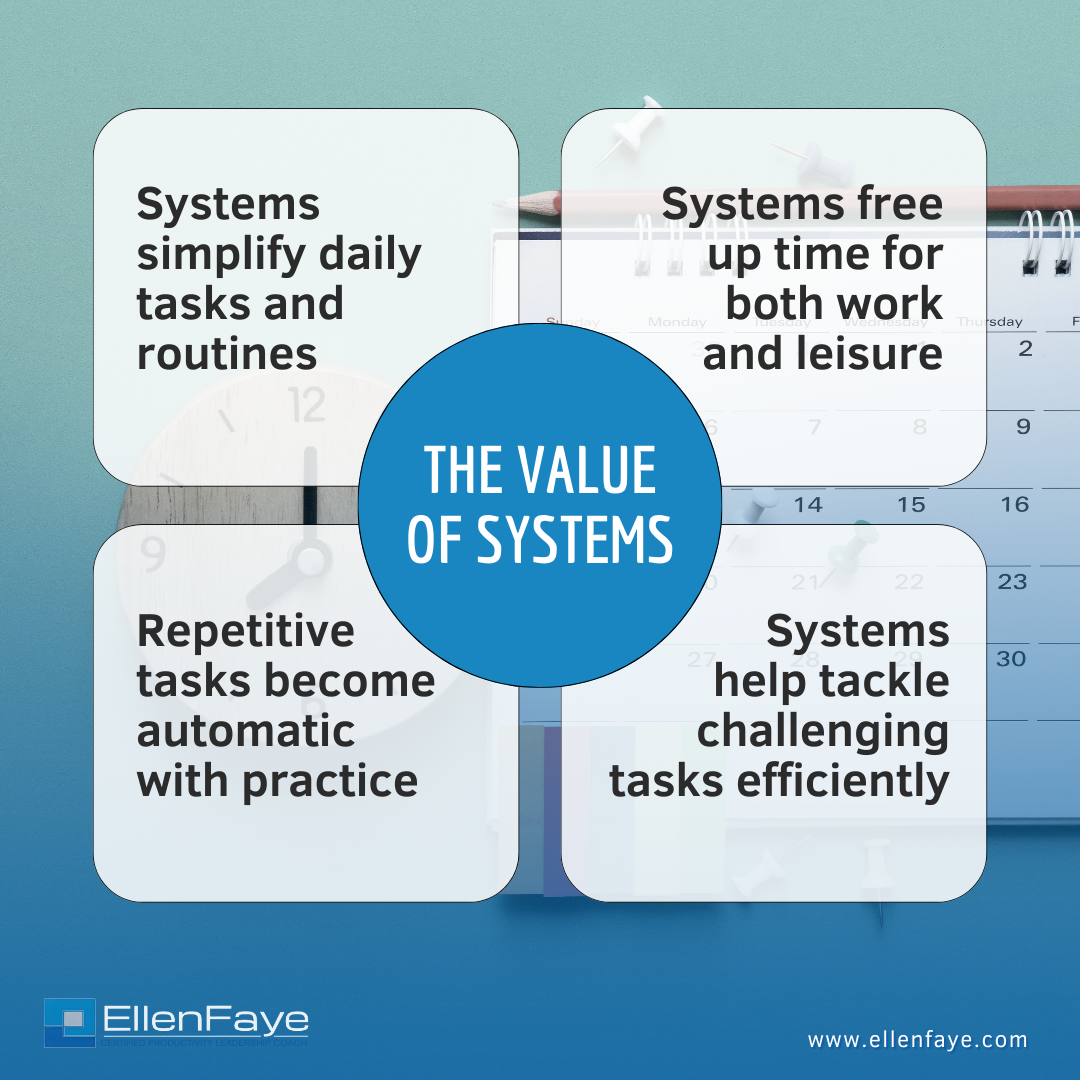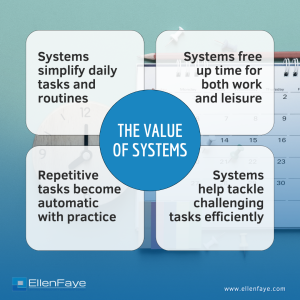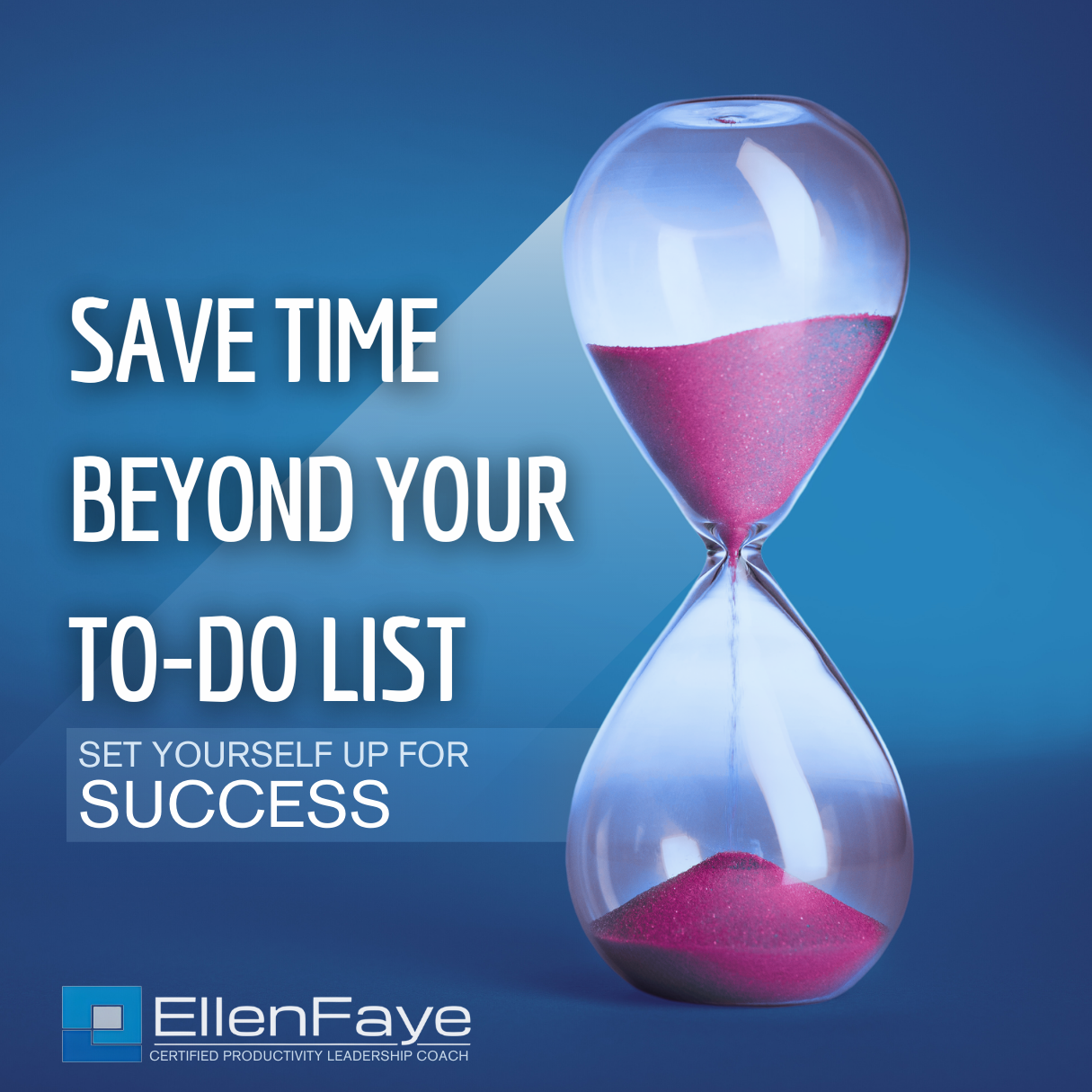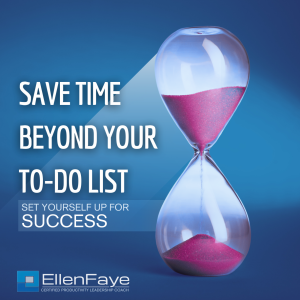04 Feb Making Meetings More Productive
If there’s one improvement I could wish for my clients, it would be to spend less time in meetings and more time on high-value work. While I believe meetings are crucial, the real value lies in the ability to act on decisions and initiatives post-meeting. Without this follow-through, meetings become a poor investment of valuable business time.
Assess Your High-Value Work
Not all work is equally important. It is crucial to prioritize tasks that have the most significant impact on reaching your business goals. That’s where your time should be focused. If your days are filled with emails, chats, and long meetings, the essential work driving your success isn’t being accomplished.
Applying the 80/20 Rule for Success
Pareto’s principle, the 80/20 rule, illustrates this concept. If 80% of your results come from 20% of your time and effort, then you should allocate more time to high-value work that directly contributes to long-term business growth. This involves reducing time spent on less impactful activities like emails, drafts, and meetings.
Why 50 Minutes
For a meeting to be effective, there must be time to implement decisions made during the meeting. Clients often rush from one meeting to the next, leaving little time for action, or even to identify actions. This results in pages of meeting notes that are rarely acted upon, rendering much of the meeting’s work useless.
Additionally, the first few minutes of meetings are often wasted waiting for latecomers. If they hang up or end at the top of the hour, they can’t be somewhere at the same top of the hour if they have to go to a different room or office, or even if they one to take one minute to run to the restroom. When people they are late, they are wasting everyone else’s time. Many times we wait a couple of minutes for everyone to show up, and even if we start on time, then we end up repeating ourselves.
Adopting a 50-minute meeting strategy results in the following improvements:
- Time to record meeting actions on to-do lists/task management tool.
- Brief breaks between meetings to refresh and refocus.
- Prompt arrival at the next scheduled meeting, respecting everyone’s time.
To optimize productivity, I recommend companies implement a 50-minute meeting policy, ensuring meetings are focused, and efficient, and result in actionable outcomes.













